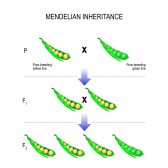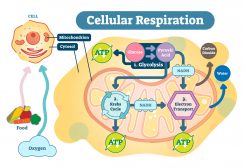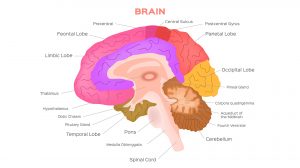Definition
Noun
A gram-negative motile and non-endospore forming rod bacterium associated with hospital acquired infections including wound infections, catheter-associated infections and urinary tract infections.
Supplement
Serratia marcescens can be able to grow in temperature ranging from 4-40’C with a pH of about 5-9 which is distinct from other gram-negative bacteria due to its ability to carry out casein hydrolysis that allows to produce extracellular metalloproteinase. It also demonstrates citrate and tryptophan degradation producing pyruvic acid that is needed into different metabolic processes.
Serratia marcescens found normally in subgingival biofilm of teeth and in dirt places that produces prodigiosin, a reddish-orange tripyrrole pigment which cause staining of the teeth. It also cause infections in various body parts including respiratory tract, urinary tract, eyes and wounds as well as where it cause keratitis, endophthalmitis, conjunctivitis and tear duct infections.
Serratia marcescens is normally found in urinary and respiratory tracts of hospitalized individuals where it is apparent as a pink or orange discoloration with slimy film feeding off phosphorus containing materials like soap and shampoo deposits. It also used as biological markers of infections and is linked with primary invasive infection.
Scientific classification:
Kingdom: Bacteria
Phylum: Proteobacteria
Class: Gamma Proteobacteria
Order: Enterobacteriales
Family: Enterobacteriaceae
Genus: Serratia
Species: Serratia marcescens
See also:
• Bacteria
• Nosocomial infections
Dictionary > Serratia marcescens
You will also like...

Birth of a Human Baby
Following nine months inside the mother's womb is the birth of the baby. Know the different stages of the birthing proce..

Inheritance and Probability
Gregor Mendel, an Austrian monk, is most famous in this field for his study of the phenotype of pea plants, including ..

Dominance
This tutorial presents Gregor Mendel's law of dominance. Learn more about this form of inheritance and how it can be pre..

Cell Respiration
Cell respiration is the process of creating ATP. It is "respiration" because it utilizes oxygen. Know the different stag..

Sensory Systems
A sensory system is a part of the nervous system consisting of sensory receptors that receive stimuli from the internal ..

Human Neurology
Human Neurology deals essentially with the nervous system of humans. It also features the various theories put forward b..

